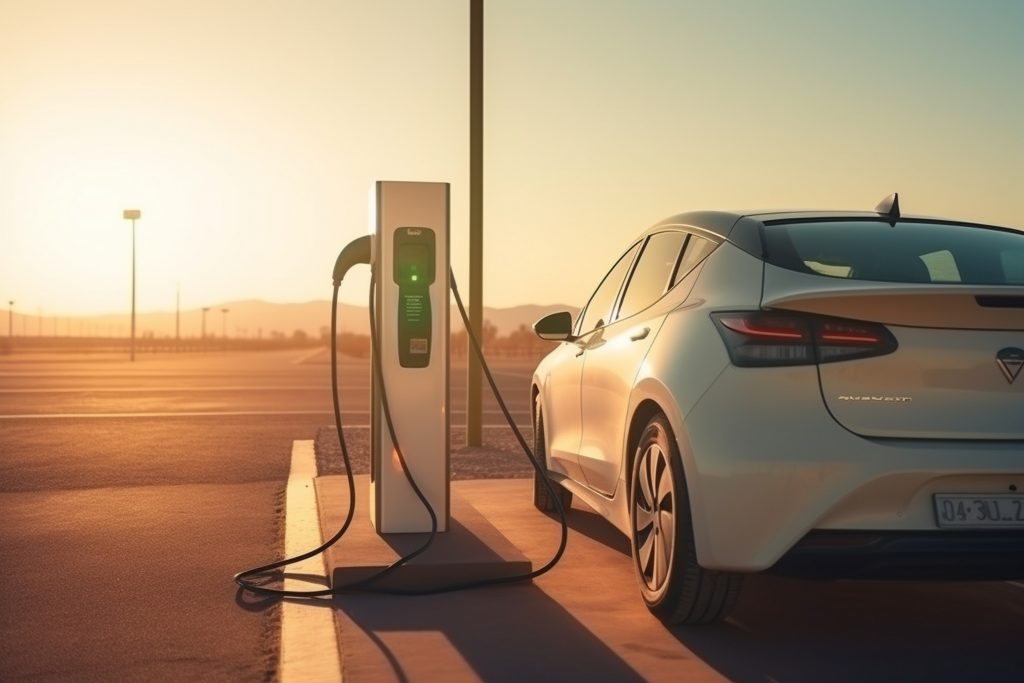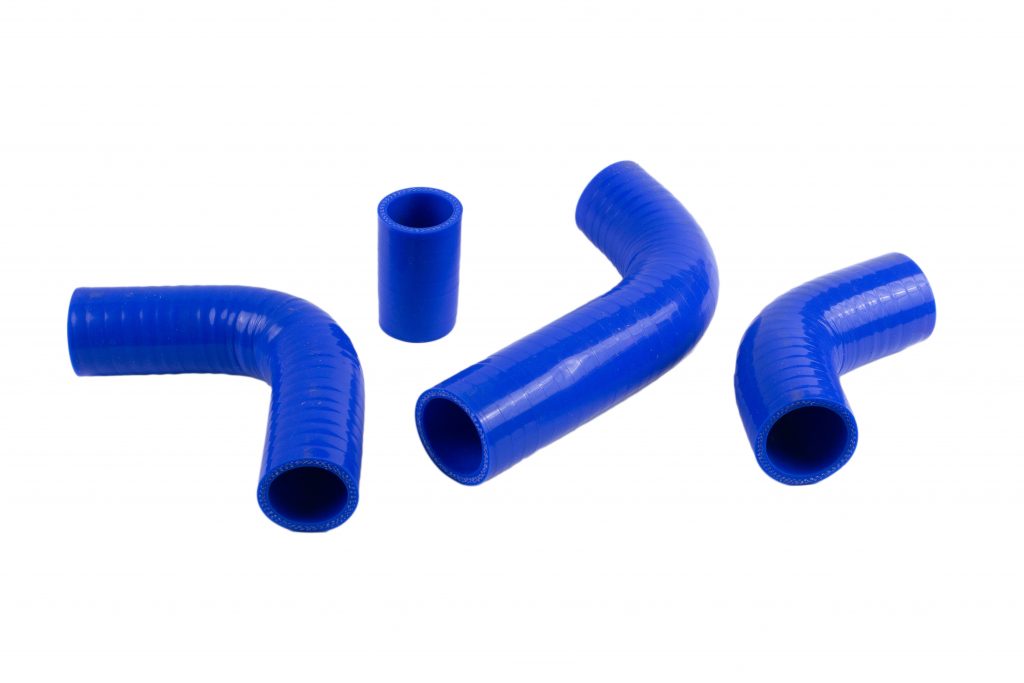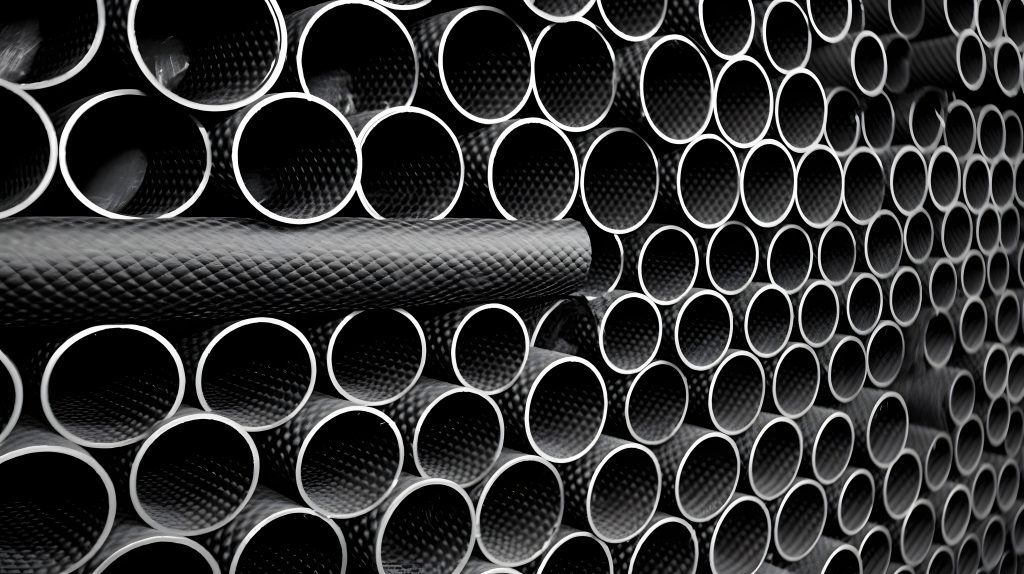
This image is licenced under Adobe Stock. Please refrain from using it without proper permission.
Range anxiety, or the fear that an electric vehicle won’t reach it’s destination has long been a significant roadblock for potential EV buyers. But thanks to rapid advancements in technology, infrastructure, and public perception, range anxiety is rapidly becoming obsolete.
The cornerstone of any electric vehicle is its battery, and this is where we’ve seen the most staggering improvements. A decade ago, a full charge would get you a meagre 100 miles. Today, leading models boast ranges upwards of 300 miles on a single charge, while Mercedes EQS has a ridiculous range of 452 miles on a single charge, followed closely by the Fisker Ocean and Polestar 2 at 440 and 406 miles respectively. Sorry Tesla, looks like you are slipping behind!
Muchhhh less queueing (about time)
Another benefit afforded to the EV community is the increasing availability and accessibility of charging stations which have grown exponentially in recent years. A decade ago, EV drivers had to meticulously plan their trips around scarce charging points. Today, comprehensive charging networks have made such detailed planning unnecessary, with apps and in-car navigation systems providing real-time information on the nearest charging stations.
Speedy charging ⚡
If the early EVs took several hours for a full charge, today’s fast-charging technology can provide an 80% charge in as little as 20 minutes. Tesla’s Superchargers and Electrify America’s DC fast chargers are prime examples. These leaps in charging speed mean you can cover long distances with short breaks for fast-charging.
Improved Energy Density and Efficiency
The energy density of batteries is another area where advancements are making a tangible impact. Newer batteries can store more energy without significantly increasing in size or weight, thus enhancing vehicle efficiency. On top of that, regenerative braking systems convert the car’s kinetic energy back into stored energy in the battery, extending the driving range.
In summary, while range anxiety was a legitimate concern in the infancy of electric vehicles, it could be considered a concern of the past. Thanks to efforts from manufacturers to make cars lighter, and engines stronger. Government’s have also recognised previous fears, investing heavily into chargers and education into vehicle charging.
Despite these advances, there are fears that not enough is being done. As more and more EV’s are purchased, the strain on charging stations becomes even greater. Less available chargers, more queues, less trust in EV’s, and just like that, we are back to the start.








